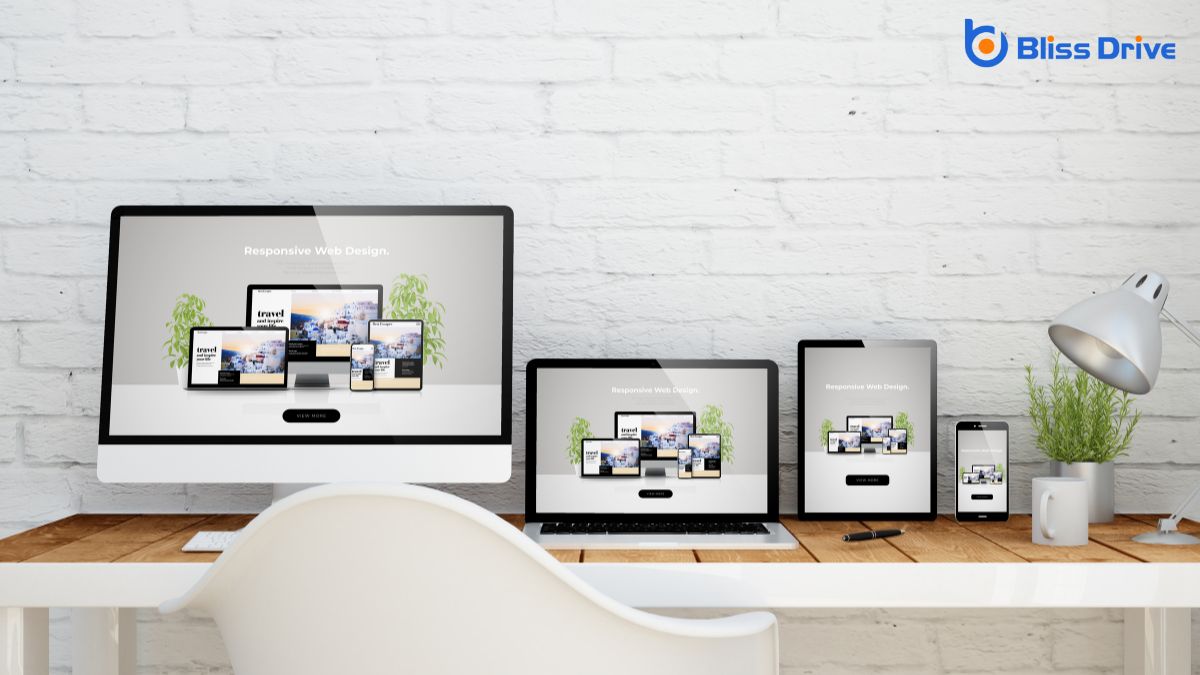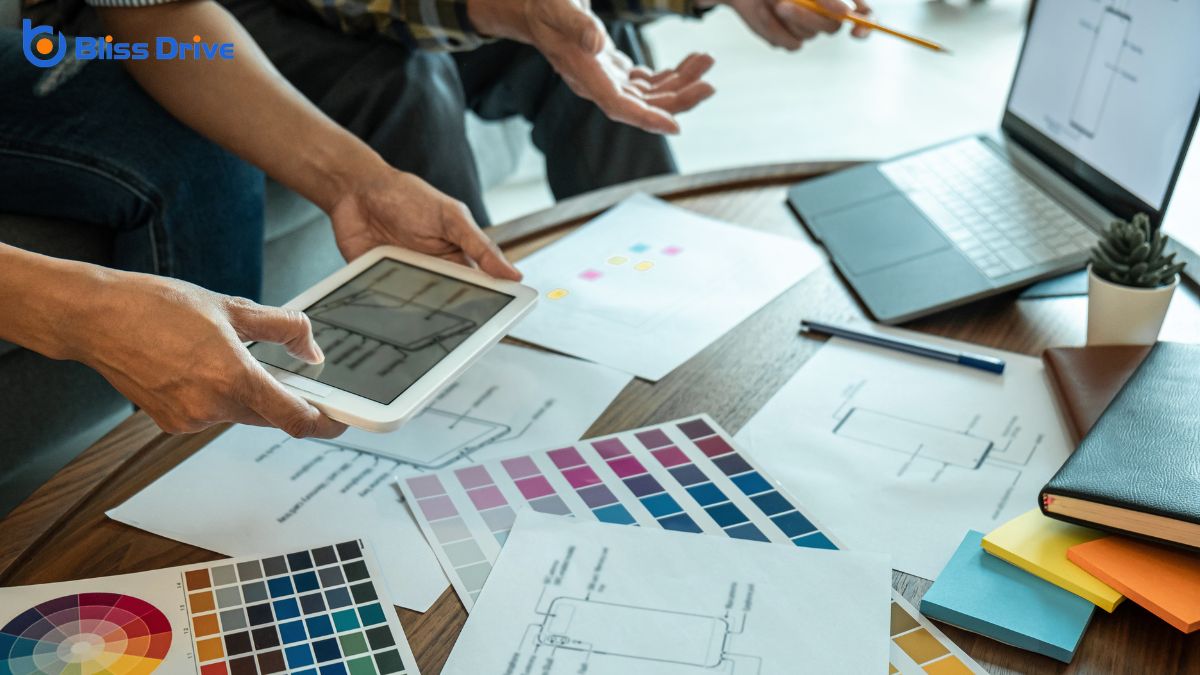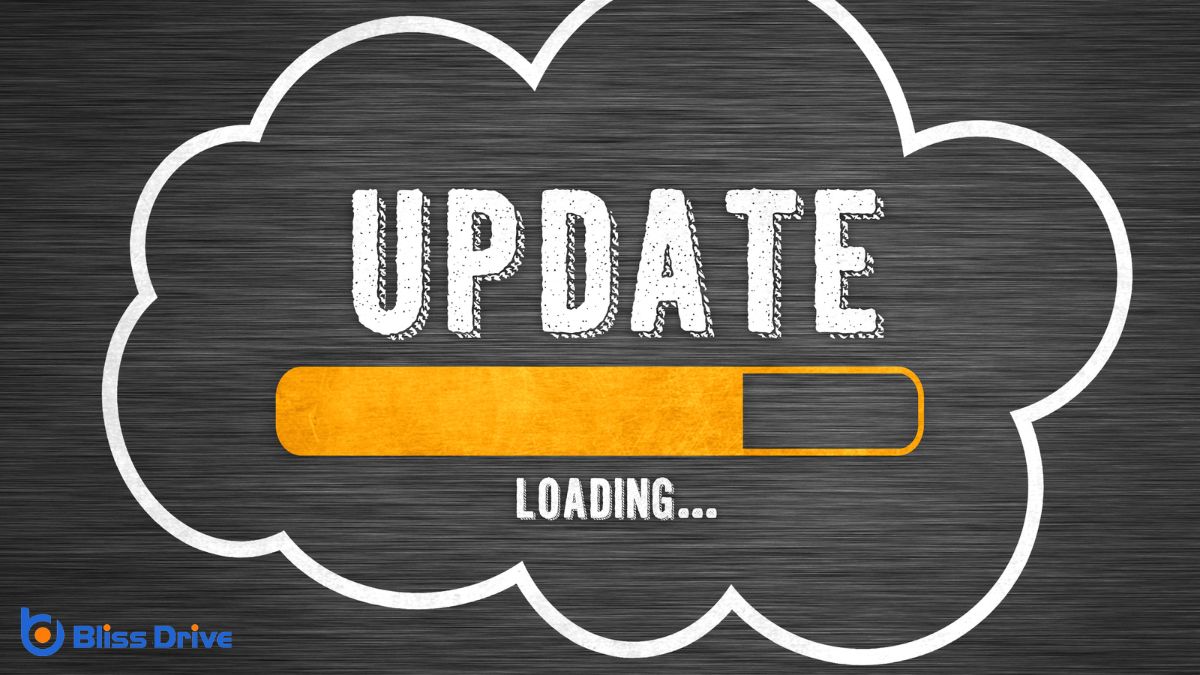Learn More About Us

In our journey to create a successful website, we'll navigate through the seven phases of web design. These stages begin with project planning, where we establish goals and objectives. Then, we move on to information architecture, designing the site’s structure. Design and layout come next, followed by development and coding. After testing and quality assurance, we proceed to launch and deploy. But the process doesn't end there; maintenance and updates guarantee ongoing success. Curious about each step's intricacies?

Project planning is the critical first step in the web design process, setting the foundation for everything that follows.
As we set out on this journey, we need to identify project goals and define our target audience. This helps us guarantee that the website aligns with user needs and business objectives. We should gather input from stakeholders to understand their expectations and requirements.
Next, we outline the project scope, detailing what'll be included and, importantly, what won't. This prevents scope creep and keeps us on track.
We also establish a timeline, setting milestones to monitor progress. Budgeting is essential, too, as it helps us allocate resources effectively.
With a clear plan in place, we’re ready to move forward confidently.
With our project plan established, we now turn our attention to crafting the Information Architecture (IA) of our website. IA is a significant phase where we organize and structure content so users can easily find what they need.
We start by outlining the hierarchy of information, defining how different pages and sections relate. We'll create a sitemap, a visual representation of this structure, helping us visualize navigation paths.
By focusing on user needs and expectations, we guarantee the site's content flows logically. This phase requires us to understand user behaviors and preferences, allowing us to prioritize information effectively.
Let's remember, a well-structured IA not only enhances usability but also supports our website's overall goals, making it an essential step in web design.
In the fourth phase of our web design journey, we plunge into the Design and Layout process, where creativity meets functionality. This stage is all about translating our ideas into visually compelling and user-friendly layouts. We select colors, typography, and imagery that reflect the brand's identity and guarantee a cohesive look.
Our goal is to create a visually appealing interface that guides users effortlessly through the site. We begin by sketching wireframes to establish a structure, then move to high-fidelity mockups for a detailed design.
It's essential that our designs aren’t just attractive but intuitive, allowing users to navigate easily. We focus on responsiveness, making sure our design adapts seamlessly across devices. This phase lays the foundation for successful user interactionAny action taken by a user on social media, such as likes, comments, shares, or retweets..
Now that we've designed our layout, it's time to focus on development and coding.
We'll choose the right tools that align with our project needs and help us implement the design elements effectively.
As we immerse ourselves in the development phase of web design, it’s imperative to equip ourselves with the right tools to guarantee a smooth coding process.
Selecting the appropriate software can make a significant difference in efficiency and productivity. Here are some essential tools we should consider:
Let's plunge into the exciting phase of implementing design elements, where our creative visions start coming to life through coding. We take our designs from static images to interactive, functional websites. This is where HTML lays the foundation, CSS adds style, and JavaScript brings dynamic elements to the forefront.
We guarantee that every design choice translates seamlessly into the digital space, maintaining the integrity of our original vision.
As we build, we focus on user experience and accessibility. Our goal is to make certain that the website looks great and functions smoothly on all devices.
We test rigorously, iterating on feedback to refine performance. This phase is a blend of creativity and technical skill, where our designs evolve into a tangible reality.
When we move into the testing and quality assurance phase of web design, we guarantee that everything functions flawlessly before launch.
This phase confirms our website is ready for users and performs as intended. We focus on identifying and fixing potential issues through extensive testing.
Here’s how we do it:
The final phase of web design is launch and deployment, where everything we've worked on comes to fruition. At this stage, we're ready to introduce our website to the world.
Before going live, we'll guarantee our site's files are uploaded to the hosting server correctly. It's vital that we double-check all configurations and DNS settings to avoid any surprises.
Once everything is in place, we can officially launch. This involves making the site accessible to users and guaranteeing it's indexed by search engines for visibility.
We’ll announce the launch through our chosen channels, whether that’s social media, newsletters, or press releases. The deployment marks a significant milestone, transforming our design efforts into a functional, engaging platform ready for its audience.

Now that our website is live, we can't forget the importance of ongoing maintenance and updates.
Regular software updates keep everything running smoothly, while content refreshUpdating and improving existing content to maintain its relevance and effectiveness. strategies guarantee our site stays relevant.
Let's also make security monitoring a priority to protect our users and data.
Regular software updates are an essential phase of web design that we can't overlook. They guarantee our site remains secure, functional, and up-to-date with the latest features.
Let’s discuss why regular updates are vital:
As we keep our websites secure and functional through regular software updates, it’s equally important to focus on content refresh strategies to maintain relevance and engagementThe interactions that users have with a brand’s content on social media..
We should regularly assess our content to guarantee it aligns with current trends and audience interests. Let's prioritize updating outdated information, adding fresh visuals, and revisiting our messaging to better connect with our visitors.
User feedback is invaluable; it highlights areas needing improvement and offers insights into what our audience finds engaging. We can also employ analyticsThe systematic computational analysis of data or statistics to gain insights and support decision-ma... to track content performanceMeasuring how well content achieves its intended goals., helping us refine our approach.
Proper security monitoring practices are essential to maintaining a safe and reliable website. We must remain vigilant to protect our sites from potential threats. By regularly monitoring security, we can quickly identify vulnerabilities and address them before they become serious issues. Here are four key practices to consider:
In wrapping up our journey through the seven phases of web design, we hope you’ve gained a clearer understanding of the process from start to finish. We’ve covered everything from project planning to maintenance, ensuring a seamless user experience. Remember, each phase is integral to creating a successful website. As you commence your own web design projects, keep this roadmap in mind to guide you through each stage efficiently and effectively. We’re excited to see what you create!
